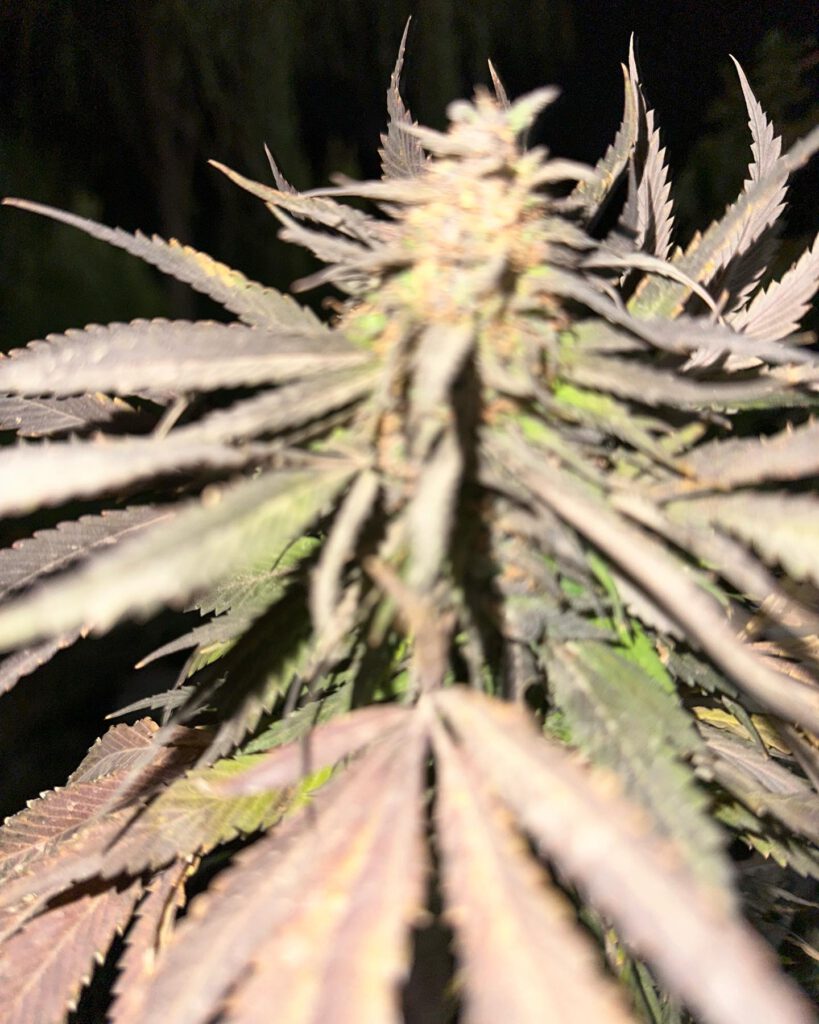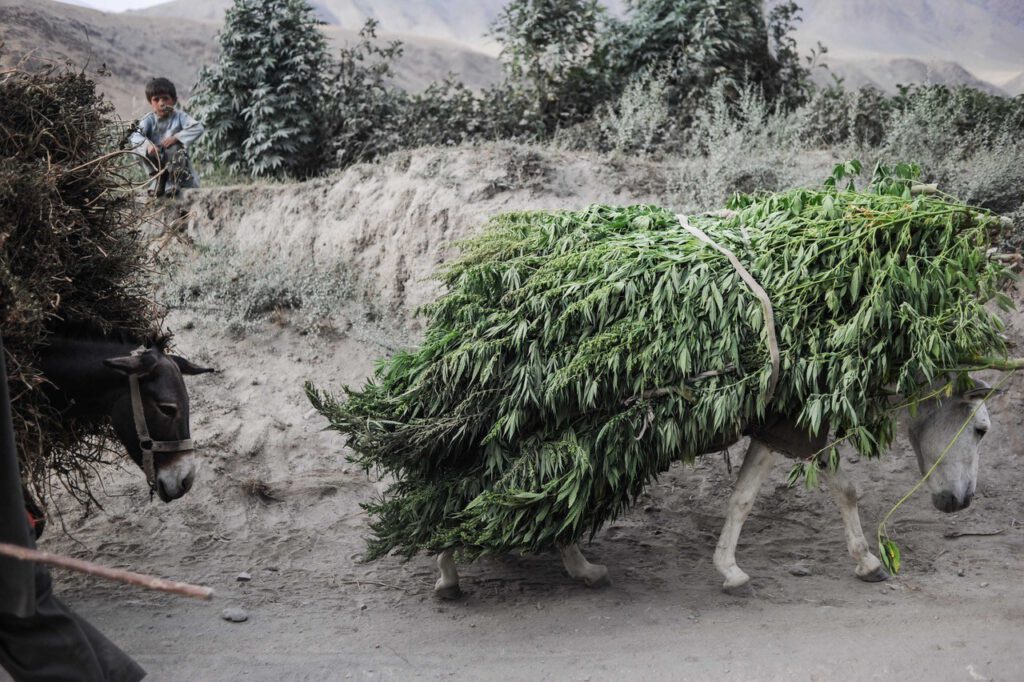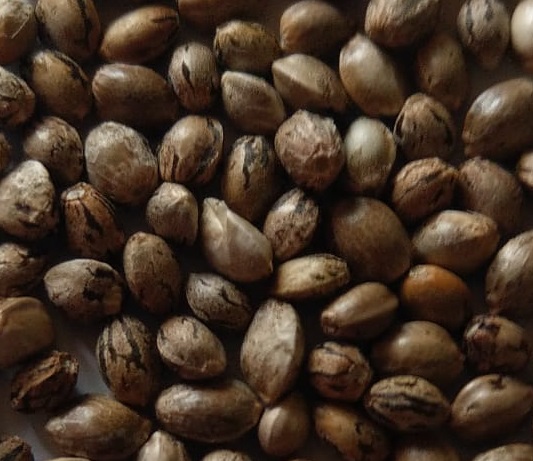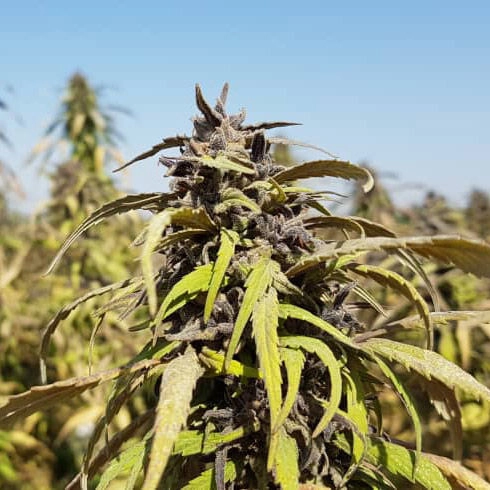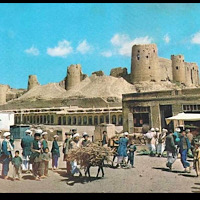Afghani Cannabis Seed 100% real and authentic
If you’re searching for top-quality Afghan cannabis seeds, you’re in the right place. Whether you’re just starting your journey into cultivation or you’re a seasoned grower looking for superior genetics, our high-quality Afghan seeds and young plants are the ideal choice to ensure a successful and rewarding grow. Why Choose Afghan Cannabis Seeds? Afghan cannabis is renowned for its resilience, potency, and rich genetic history. These seeds originate from some of the most robust and naturally adapted cannabis strains in the world. Known for their strong effects, dense buds, and earthy, hash-like aroma, Afghan strains have been a favorite among growers and connoisseurs for generations. Here’s why our Afghan cannabis seeds stand out: ✅ Unmatched Quality & Purity – Our seeds are carefully selected to ensure only the best genetics, providing you with healthy, vigorous plants. ✅ Ideal for All Growers – Whether you’re growing for personal use or commercially, our seeds are easy to cultivate and suitable for beginners and professionals alike. ✅ Strong, Resilient Strains – Afghan cannabis is known for its ability to thrive in various conditions, making it a great choice for both indoor and outdoor growers. ✅ Fast, Discreet, and Reliable Shipping – We ensure that your seeds arrive safely, securely, and in discreet packaging to protect your privacy. ✅ Consistent Yields & Potency – Expect dense, resinous buds with powerful effects, ideal for relaxation, medicinal use, or high-quality extractions. Ready to start growing? There’s never been a better time to elevate your growing game with premium Afghan cannabis seeds. Why settle for low-quality seeds when you can cultivate the best? Take advantage of our carefully curated genetics and grow with confidence, knowing that you’re getting reliable, high-performing seeds delivered directly to your door. 👉 Don’t wait—order your Afghan cannabis seeds today and start growing with confidence! 👈

